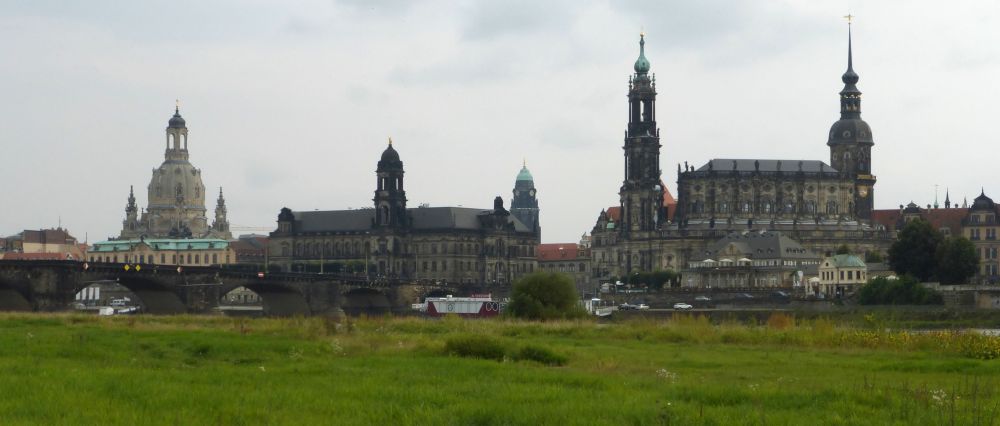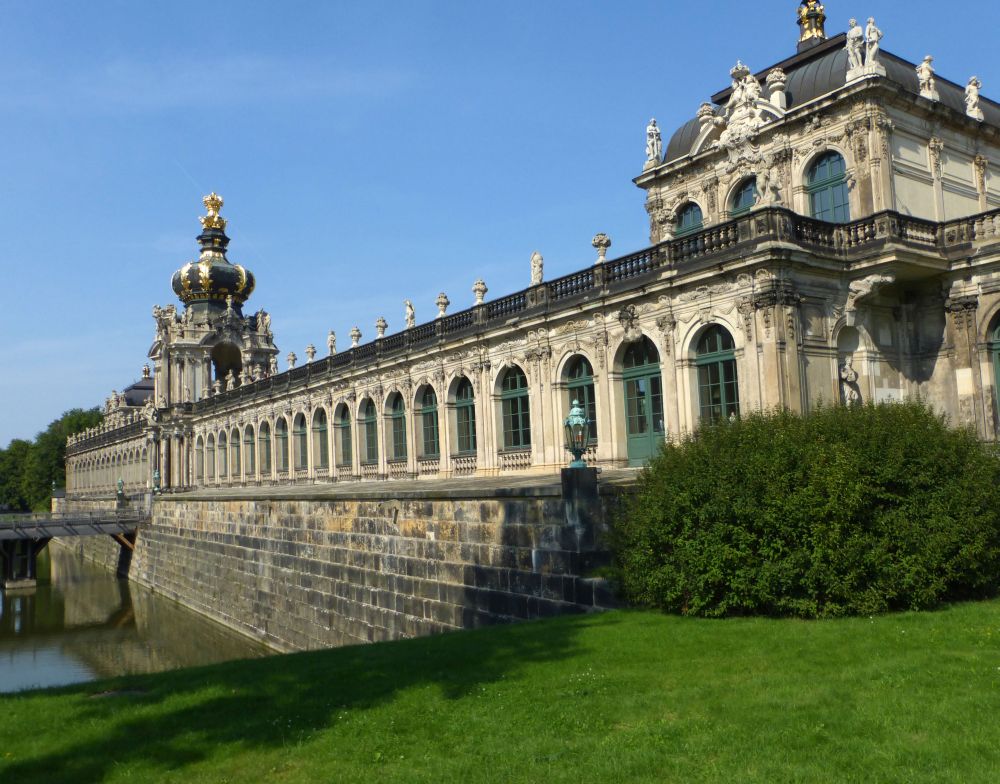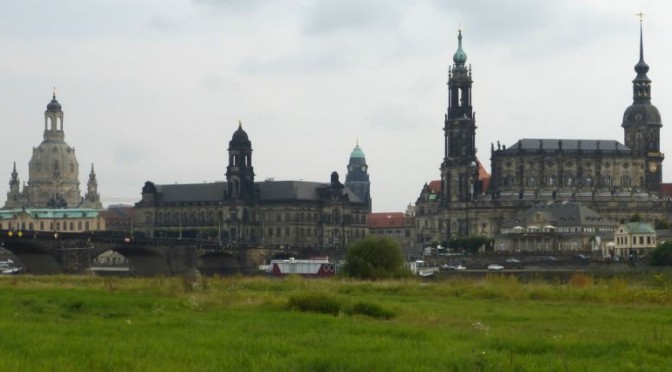Being responsible for the Horniman Museum’s documentation, I normally find myself sitting in front of a computer screen, or in meetings. Every once in a while, though, I’m allowed out to meet my colleagues from other institutions, find out what they’re doing, and compare experiences. Previously, this has usually been at the annual OpenCulture conference run by Collections Trust; but this year I spent four days in Dresden at the 2014 annual conference of the Comité International pour la Documentation (CIDOC), the branch of the International Council of Museums (ICOM) interested in documentation.

CIDOC concerns itself with many aspects of documentation. Some of these – the data exchange tools CIDOC Conceptual Reference Model (CIDOC-CRM) and LIDO, for example – are highly technical; others are more, for want of a better description, practical.
I tried to cover both ends of the spectrum, attending workshops on new proposals for the CIDOC-CRM, applying Business Process Modelling to the analysis and development of museum procedures, and creating a multi-lingual dictionary of museum-related words. I heard papers on a range of themes: metadata (data about other data), processes in museum documentation, documentation as a profession, terminology, access to cultural heritage, and strategies and policies in documentation. There were also keynote lectures on the challenges of disseminating digital cultural information, ‘digital antiquity’, and the catalogue as the core of a museum’s activities.
I won’t bore you with a blow-by-blow account of everything I saw and heard – if you’re interested, tweets from the conference have been pulled together here and here – but I’d like to talk briefly about a couple of over-riding themes that emerged from the conference, and how they relate to what we’re doing at the Horniman.
First: much of the value in the information we record about museum objects is contextual: it lies in information about the people, places, events, species, and concepts which are associated with the objects. There is already a great deal of information out in the world-wide web about many of these contexts, which can help the users of our information to better understand the objects related to those contexts. Equally, there are occasions where the Museum is the best organisation to collate and disseminate this information, using what we call our ‘authority files’.
The key is that we make sure we link our object information to internal and external authority files. As far as internal linking goes, I’ve tried to show how this can work in a piece I wrote a few weeks ago about the rich data associated with the Horniman’s former Antarctic objects, which I’ve used to demonstrate what our objects can look like when they sit amongst rich contextual information. Linking intelligently to external data is slightly more complex, involving as it does the techniques and concepts known as Linked Data, (often, Linked Open Data).
There are three things I need to do make all this work. First, I must discuss with our database suppliers how to include references to authoritative external resources that are identical with our internal authority file entries, so that we can demonstrate, for example, that when we say an object is made of fruitwood, we mean the same thing as the Getty Research Institute‘s definition of fruitwood in their Art and Architecture Thesaurus.
I also need to make sure that our authority entries are in as clean and useful a state as possible: grammatically correct, consistently organised, providing enough additional information (e.g. people’s dates and what they did) for us to make sense of them, and without duplicates. I’m in the process of appointing someone to work on this for a few months as part of our Collections People Stories project, and for the Europeana Food and Drink project.
Finally, I’ve made an appointment with Dominic Oldman of the British Museum to try out the tools developed to support the Synergy Reference Model (2.1MB PDF) to map our data to the CIDOC-CRM, as a first step to making our collection and contextual data available as Linked Open Data.
The second of the conference’s implicit themes is perhaps more straightforward: technology changes quickly, as much in museums as elsewhere. It’s very easy to see new technologies come and go, and worry about what we should, or should not, be doing to exploit them. But we should stop worrying about this and just get on with managing and documenting our collections. As long as we do it systematically and consistently, the information we generate will be useful.

And of course, like all conferences, there was much discussion with existing colleague and new acquaintances between papers and at the various receptions (CIDOC is the only conference I’ve been to that has closed with fireworks). So, I’ve received a further offer of help with mapping our data to the CIDOC-CRM, and offered our data to the EEXCESS project; and we’ve just welcomed a colleague from the Bata Shoe Museum in Toronto to our stores, to compare notes about our respective systems of bulk object photography (2.4 MB PDF).
But now, I’m off to start thinking about precisely what we need to do to our authority files – and encourage my colleagues to crack on with cataloguing our objects.

